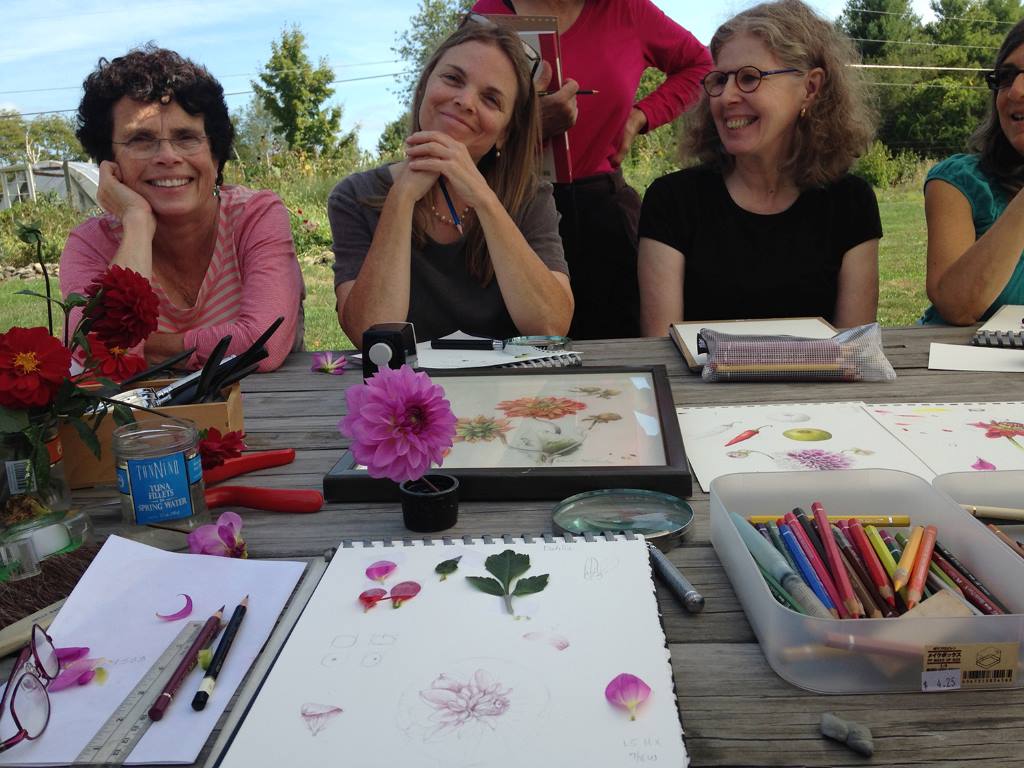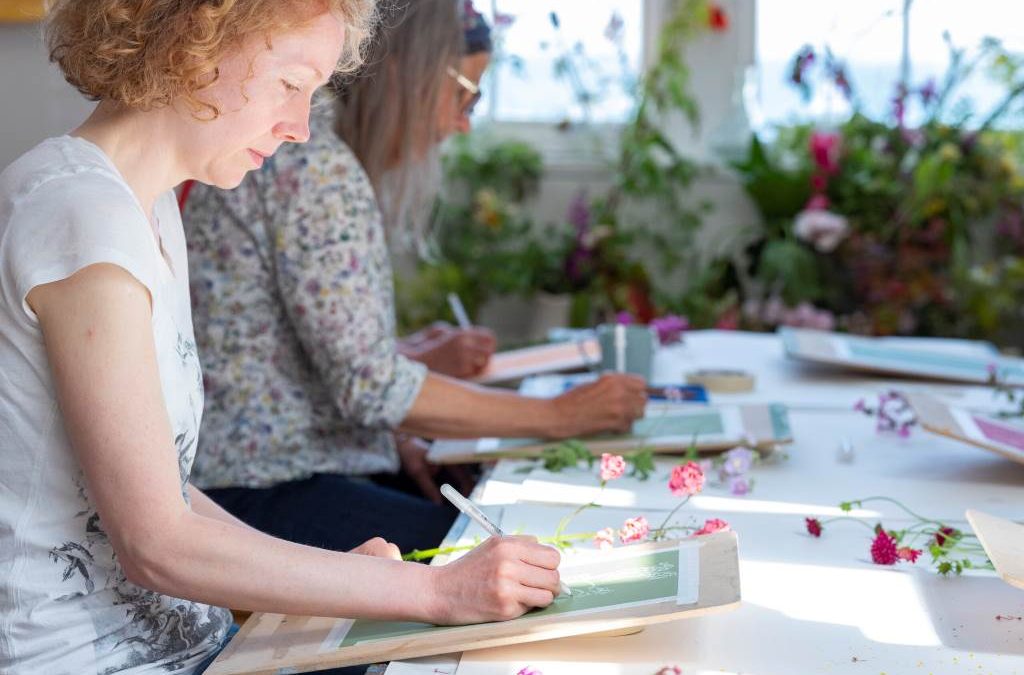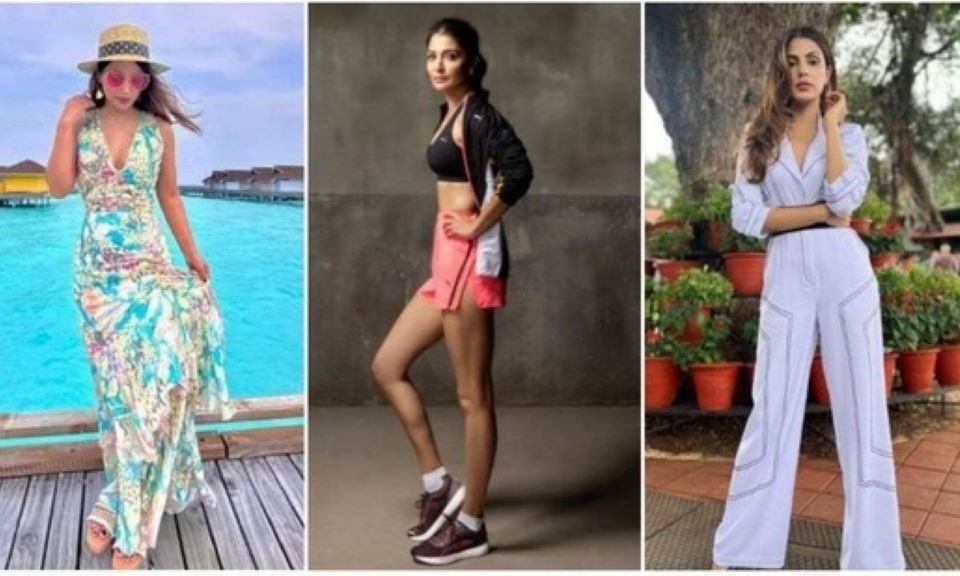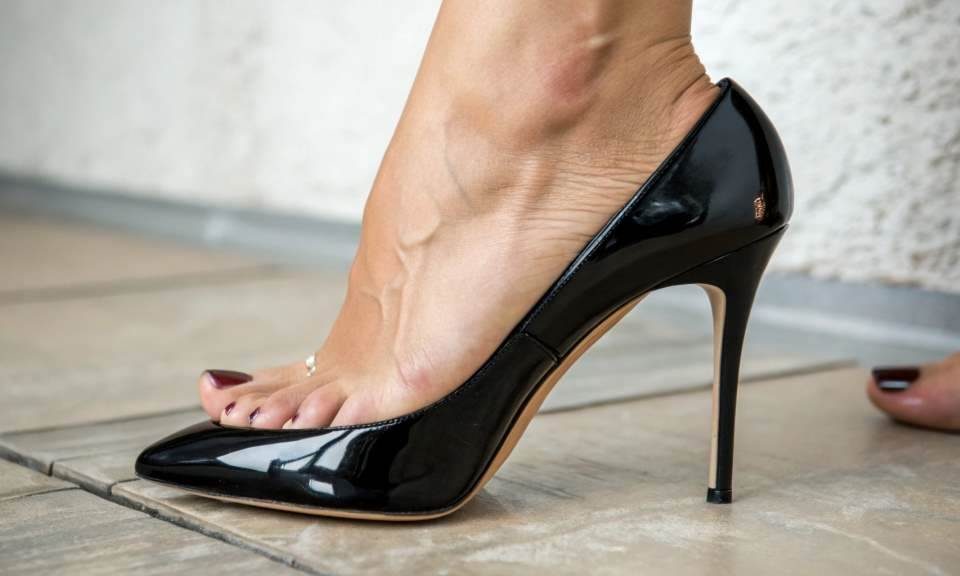What to Wear to a Botanical Illustration Class
iPhone Screen Freezing on Specific Apps
July 23, 2025
When Does Early Childhood Education End
July 29, 2025Attending a botanical illustration class is an exciting opportunity to blend creativity with nature, capturing the intricate details of plants through art. Whether you’re a beginner or an experienced artist, choosing the right outfit can enhance your experience, ensuring comfort and practicality while allowing you to express your personal style. This guide from Kate Spade Star explores what to wear to a botanical illustration class, offering practical tips and stylish ideas to help you feel confident and prepared.
Table of Contents
ToggleDressing for Comfort and Functionality
Botanical illustration classes often involve long periods of sitting, sketching, and focusing on fine details, so comfort is key. Opt for clothing that allows ease of movement and doesn’t distract you from your work. For instance, a loose-fitting top paired with breathable pants or leggings can keep you comfortable during hours of drawing. If you’re looking for inspiration for a unique yet comfortable look, consider exploring styles like the cholo outfit for a bold, expressive vibe that can be adapted to a creative setting like an art class. Natural fabrics such as cotton or linen are excellent choices, as they are breathable and suitable for indoor or outdoor settings, depending on the class location.
Additionally, consider the class environment. Some botanical illustration classes take place in studios, while others may be held in gardens or greenhouses. If your class is outdoors, lightweight layers are ideal to accommodate changing weather. A cardigan or a light jacket can keep you warm in cooler temperatures, while a wide-brimmed hat can offer shade if you’re sketching in the sun. For indoor classes, ensure your outfit isn’t too warm, as studios can sometimes be heated or stuffy.
Choosing Practical Footwear
Footwear is another important consideration for a botanical illustration class. Since you may be seated for extended periods, comfortable shoes are essential. Sneakers or cushioned flats are great options, providing support without sacrificing style. If the class involves walking through a garden or outdoor space to observe plants, closed-toe shoes are a practical choice to protect your feet from dirt or uneven terrain. Avoid high heels or open-toe sandals, as they may be uncomfortable or impractical for long sessions or outdoor settings.
For those who want to add a touch of personality to their outfit, colorful sneakers or shoes with subtle floral patterns can tie into the botanical theme. However, prioritize function over fashion—shoes should allow you to move freely and focus on your artwork without discomfort. According to the Royal Horticultural Society, which often hosts botanical art classes, comfortable attire, including footwear, enhances the learning experience by allowing students to focus on their craft.
Accessorizing for Practicality and Style

Accessories can elevate your outfit while serving practical purposes in a botanical illustration class. A crossbody bag or a small backpack is ideal for carrying your art supplies, such as pencils, erasers, sketchbooks, and watercolors. Choose a bag with multiple compartments to keep your tools organized and easily accessible. Additionally, a lightweight scarf can add a stylish touch while keeping you warm in air-conditioned studios or cooler outdoor settings.
Jewelry should be kept minimal to avoid distractions. Simple stud earrings or a delicate necklace can add elegance without getting in the way of your drawing. Avoid long, dangling jewelry that might catch on your sketchbook or interfere with your work. If you wear glasses, ensure they are clean and comfortable for close-up work, as botanical illustration requires precision. For those with long hair, a hair tie or clip can keep hair out of your face while you focus on detailed sketches.
Incorporating the Botanical Theme
To make your outfit more engaging, consider incorporating elements inspired by the botanical theme. Floral prints, leaf patterns, or earthy tones like sage green, terracotta, or soft yellow can reflect the natural beauty you’ll be illustrating. A blouse with a subtle plant motif or a scarf with botanical designs can add a creative flair without being overwhelming. However, avoid overly bold patterns that might distract you or others in the class.
If you’re unsure where to find inspiration for nature-inspired outfits, websites like The Spruce offer ideas on incorporating natural elements into your wardrobe. For example, pairing a neutral-colored top with a floral skirt or pants can create a balanced look that’s both stylish and appropriate for the class setting. Alternatively, solid colors in natural hues can provide a clean canvas for your creativity while keeping the focus on your artwork.
Layering for Versatility
Layering is a smart strategy for a botanical illustration class, especially if you’re unsure about the setting or temperature. Start with a breathable base layer, such as a cotton t-shirt or tank top, and add a lightweight cardigan or flannel shirt. This allows you to adjust your outfit as needed, whether you’re moving between indoor and outdoor spaces or dealing with fluctuating temperatures. A denim jacket or a utility vest can also add a practical yet stylish layer, offering extra pockets for small art supplies.
Moreover, layering allows you to mix textures and colors for a polished look. For instance, a soft sweater paired with tailored trousers can strike a balance between comfort and sophistication. If you’re attending a class in a more formal studio, such as one hosted by a botanical garden or art institute, layering can help you maintain a professional appearance while staying comfortable.
What to Avoid Wearing
While expressing your personal style is important, some clothing choices are best avoided in a botanical illustration class. Tight or restrictive clothing, such as skinny jeans or fitted blouses, can become uncomfortable during long drawing sessions. Similarly, overly casual items like athletic wear or loungewear may not convey the respect for the craft that some instructors expect, particularly in formal settings.
Additionally, avoid clothing with loose sleeves or embellishments that could smudge your artwork or get caught on supplies. Bright, neon colors or loud patterns might also distract you or others, so stick to muted or natural tones for a cohesive look. Finally, steer clear of strong perfumes or colognes, as these classes often involve close proximity to others, and scents can be distracting or bothersome.
Packing a Practical Art Kit
While not part of your outfit, your art supplies are an essential part of your class preparation. Your outfit should complement your ability to carry and access these tools. A sturdy tote or backpack can hold essentials like:
- Sketchbook: Choose a size that’s easy to carry but large enough for detailed drawings.
- Pencils and erasers: Graphite pencils (HB, 2B, 4B) are ideal for sketching.
- Watercolors or colored pencils: For adding color to your illustrations.
- Magnifying glass: Useful for observing fine plant details.
- Notebook and pen: For taking notes during instructor demonstrations.
Wearing clothing with pockets or a bag with easy access to these items ensures you’re prepared without fumbling through your supplies. This practicality enhances your focus and allows you to fully engage in the class.
Read Also:
Top 10 Essential Tips for Managing and Styling Curly Hair
FAQs
What type of clothing is most comfortable for a botanical illustration class?
Loose-fitting, breathable clothing made of natural fabrics like cotton or linen is ideal. Pair a comfortable top with pants or leggings to ensure ease of movement during long drawing sessions.
Can I wear jewelry to a botanical illustration class?
Yes, but keep it minimal. Simple stud earrings or a delicate necklace work well, while avoiding dangling jewelry that could interfere with your sketching.
Are there specific colors that work best for a botanical class?
Earthy tones like green, terracotta, or soft yellow, or subtle floral prints, complement the botanical theme while keeping your outfit cohesive and non-distracting.
Should I bring my own art supplies to the class?
Most classes provide basic supplies, but bringing your own sketchbook, pencils, and watercolors ensures you have tools you’re comfortable with. Check with the instructor beforehand.
What shoes are best for an outdoor botanical illustration class?
Closed-toe shoes like sneakers or cushioned flats are best for outdoor classes, offering comfort and protection while walking through gardens or uneven terrain.
Conclusion
Choosing the right outfit for a botanical illustration class is about balancing comfort, practicality, and personal style. By opting for breathable fabrics, comfortable footwear, and nature-inspired elements, you can create a look that enhances your experience and reflects the creative spirit of the class. Layering and minimal accessories ensure versatility, while a well-organized art kit keeps you prepared. With these tips, you’ll be ready to immerse yourself in the art of botanical illustration, confident and inspired to capture the beauty of nature.
Warning: Trying to access array offset on value of type null in /home/speakyma/public_html/checkyourhud.com/wp-content/themes/betheme/includes/content-single.php on line 286




